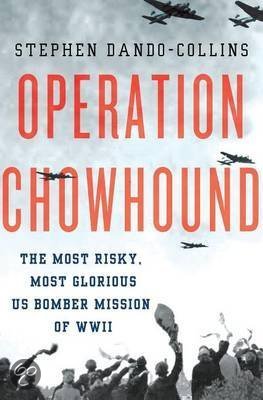Dropping the food
On the 29th of April the food drops started. This first day would be a decisive day for the whole operation. 242 Lancaster's, the four-engine bombers of the RAF, flew that day to six different drop-zones in Holland. Together they would drop almost 535 tons of food on the first day.
As little as Seyss-Inquart and the Wehrmacht were completely trusted by Sheaf, just as little trusted Seyss-Inquart Sheaf. The Germans decided that anti-aircraft guns would be placed near the four food drop sites. That way they could react immediately if it turned out that the Allied aircrafts dropped paratroopers instead of food. SD'ers (The German military police (author)) would take samples of the dropped packages to verify if it was indeed food that was dropped and not guns or other sabotage utilities. (Translated from L. De Jong page, 1293)
When it became clear that the food could be expected on the 28th the Dutch authorities that arranged the distribution of the food had a lot of work to do. With a day's notice they had to arrange crews that had to gather the food from the fields. This was not a small operation. For example at Terbregge, the only drop zone were horse-drawn carts couldn't enter the field, it was necessary to have a crew of four thousand men ready to carry the food from the field by hand. On the other fields the crews were a bit smaller, but still a huge number to arrange on a day's notice. The air-defense crews were used and the personnel of several large companies were recruited.
The Dutch authorities anticipated that people might get wounded by falling food. Louwes therefore had arranged that a First Aid post was installed near every drop zone.
The truce that had to be the base for the whole operation had not yet been reached when the bombers took off on that first day.
Here is the story of the pilot of the first bomber to drop food over Holland.
 Author: Hans Onderwater This book by Hans Onderwater is the standard work about the food drop missions over Occupied Holland with a bundle of information, photos and first hand accounts of the hunger winter and the food drop missions.
Author: Hans Onderwater This book by Hans Onderwater is the standard work about the food drop missions over Occupied Holland with a bundle of information, photos and first hand accounts of the hunger winter and the food drop missions.







